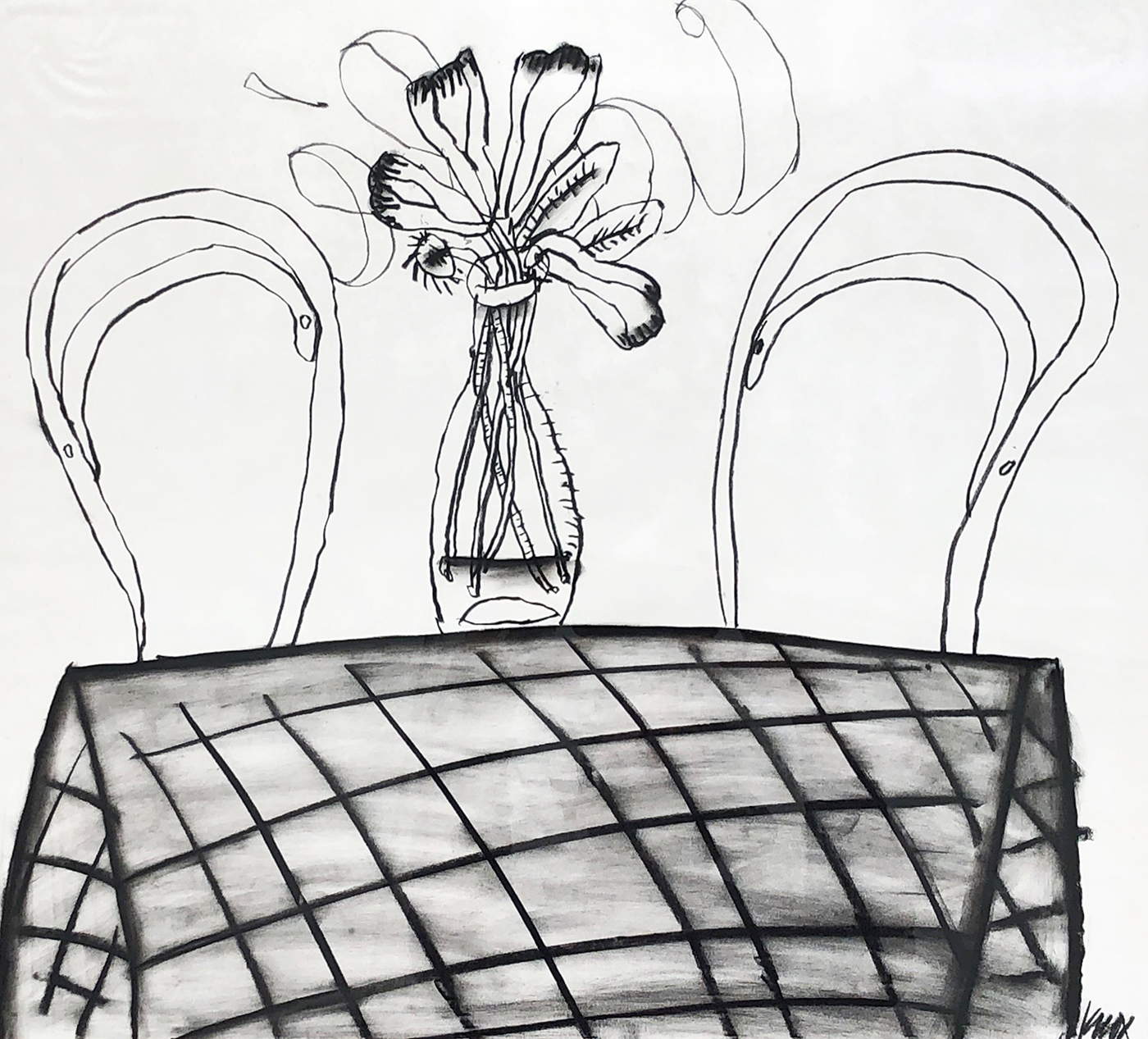
Things have always been different in Glasgow, well at least different from Edinburgh. Like the city, its painter sons have had large personalities, the big man or the wee man, each casting a long shadow. In the post-War decades the School of Art was dominated by the diminutive figure of David Donaldson, a complex individual with a troubled upbringing for whom art became his salvation but who needed to be the dominant male in staff-room, club or Academy meeting, who taught by dictate and example that allowed little dialogue. In the salons of the West End of the city, the Greek Thomson drawing rooms and studios, champagne receptions for new work were more common than Gallery exhibitions for Donaldson, Alexander Goudie, and Big John Cunningham.


Jimmy Robertson, Jim Hardie, Geoff Squire, Robin Hume and Danny Fergusson taught at The School of Art and the issues of the day, and anything else, would be the conversation at the Arts Club, a convenient saunter down from Garnethill. Duncan Shanks and George Devlin carved out successful exhibition careers, all exhibiting regularly with The Scottish Gallery and Roger Bilcliffe and Archie Forrest, perhaps the clearest successor to Donaldson, has shown consistently in Edinburgh and London.


Two more who attended the GSA but then escaped, both teaching in Dundee, were Jack Knox and James Morrison. Morrison moved to Catterline, like Eardley before him, but also painted the west end of his native city and some extraordinary tenement portraits which are a vital , emotional record of ‘pre-planning’ Glasgow.


This impressive group of men, all of whom you would want on your side in an emergency, did not form a school of painting but they shared some common characteristics: strong colourists, direct, gestural painters, chiefly concerned with conventional subject matter but each capable of shifting into allegory or whimsy. Some years the RGI annual exhibition would reflect these qualities in an abundance which was in danger of excluding anything else, but these painters, cussedly independent, have been consistently appraised and shown as individuals, as it should be. So as a virtual group, we have selected a few pictures which we feel show some of these admirable characteristics.
Listen to Guy People discuss two of the pictures in this exhibition; Duncan Shanks – Darkness Falls, acrylic on paper, 56 x 53cm and James Morrison – Rolling Landscape, Towards Glenesk, 1973, oil on board, 49 x 91cm
Click here to view the exhibition online


